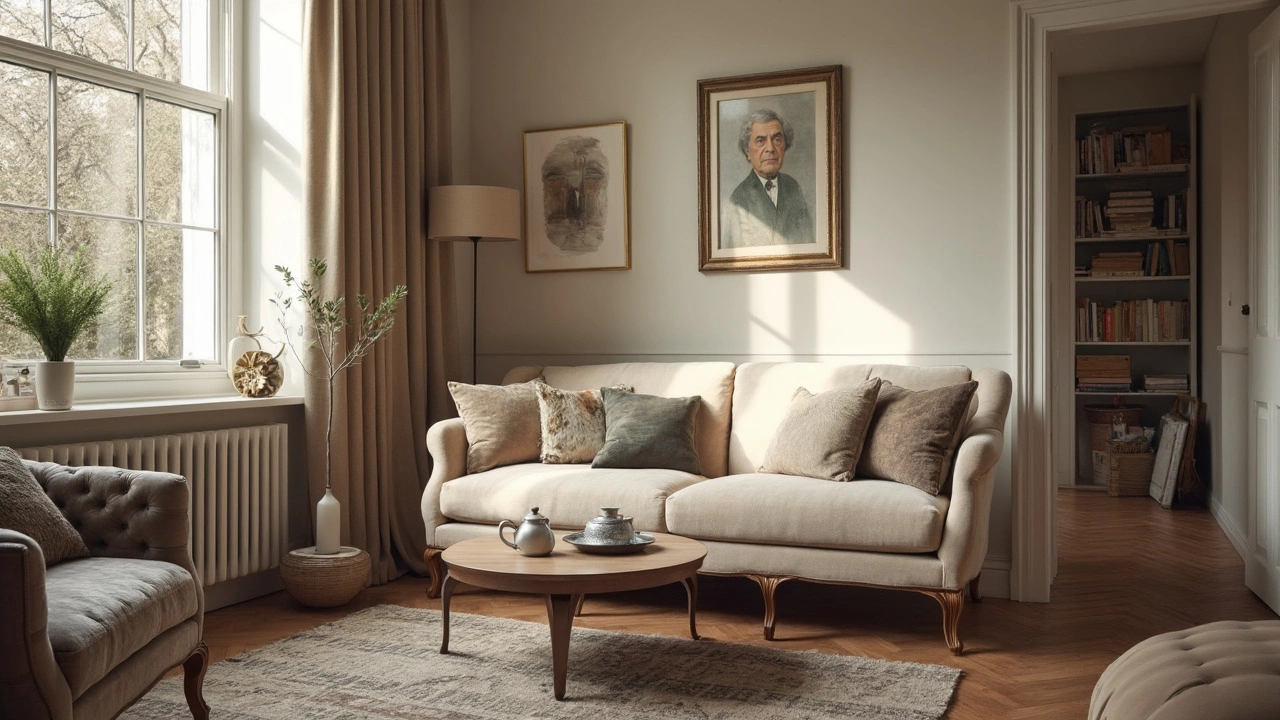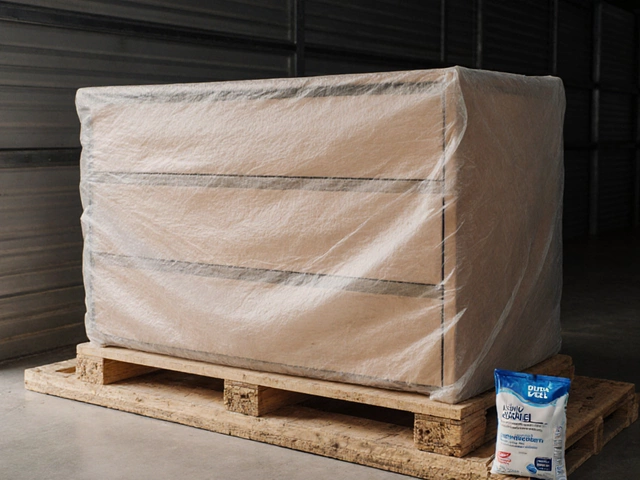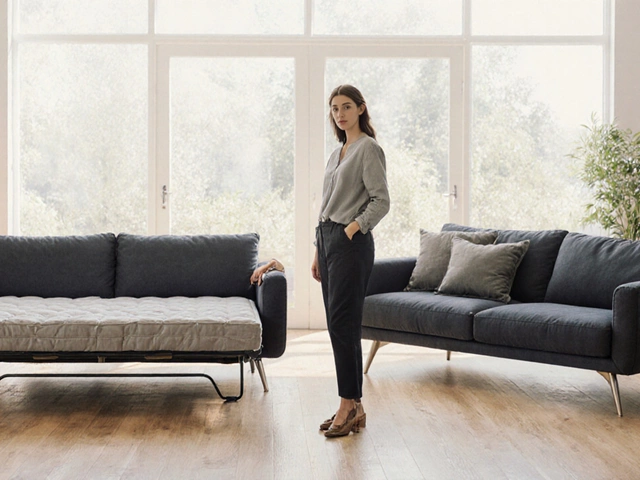Sofa Prices – What You Need to Know Before You Buy
Shopping for a new sofa can feel overwhelming, especially when you see price tags ranging from a few hundred pounds to several thousand. The good news is that understanding what drives those numbers helps you spot a fair price and avoid overpaying. In this guide we’ll break down the main cost factors, show you the best times to shop, and give you practical tips to stretch every pound.
What Affects Sofa Prices?
First off, the frame material makes a huge difference. Solid hardwood frames, like oak or beech, are sturdy and last longer, but they also add to the cost. Metal frames are cheaper and can be just as strong if well‑built, so they’re a common choice for budget‑friendly options.
The upholstery matters too. Real leather looks great and ages well, but it’s one of the priciest fabrics. Synthetic leather and high‑quality faux leather give a similar look for less. Cloth fabrics vary widely—cotton blends are affordable, while performance fabrics that resist stains and wear tend to be pricier.
Size and design play a role. A compact two‑seater costs less than a large sectional, and simple straight‑line designs are cheaper than models with curves, tufting, or built‑in storage. Extras like reclining mechanisms, USB ports, or adjustable headrests add to the price tag.
Finally, where you buy matters. Large retailers can offer lower prices because they buy in bulk, while boutique shops might charge more for unique designs or local craftsmanship. Online stores often have lower overhead, which can translate into better deals.
Tips to Get the Best Sofa Deal
Know the sales calendar. In the UK, furniture discounts peak during January (post‑holiday clearance), around Black Friday in November, and during the summer clearance in July/August. Mark these dates on your calendar and set a price alert for the sofa you want.
Measure your space before you start scrolling. Knowing the exact dimensions you need prevents you from falling in love with a piece that won’t fit, saving you time and money.
Compare at least three sources. Use the same model or a very similar one and write down the price, delivery cost, and warranty. Some stores bundle free delivery, which can be a hidden savings of £50‑£100.
Don’t ignore floor models. Showrooms often keep floor‑display sofas in stock at a discount. If the upholstery is in good condition, you can snag a near‑new sofa for a fraction of the retail price.
Consider buying a sofa kit. Some manufacturers sell the frame and cushions separately. If you already have a cushion set you like, you can replace just the frame and cut costs.
Check the return policy. A flexible return window lets you test the sofa at home. If it doesn’t feel right, you can send it back without penalty, protecting your investment.
Lastly, think long‑term. A slightly higher upfront cost for a solid frame and durable fabric often means fewer replacements over the years, which saves money in the end.
By keeping these factors in mind and timing your purchase right, you can find a sofa that looks great, feels comfortable, and fits your budget. Happy hunting!





